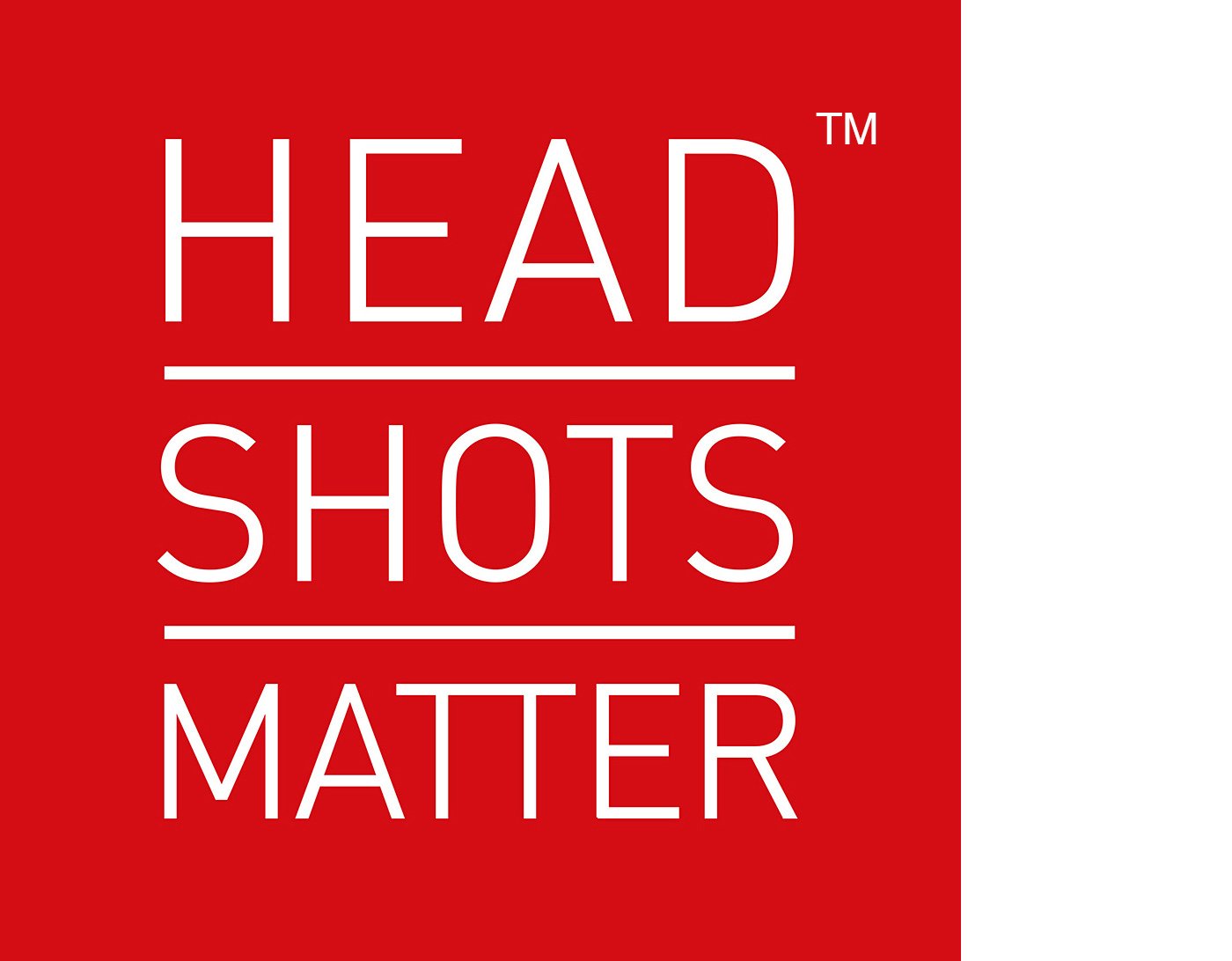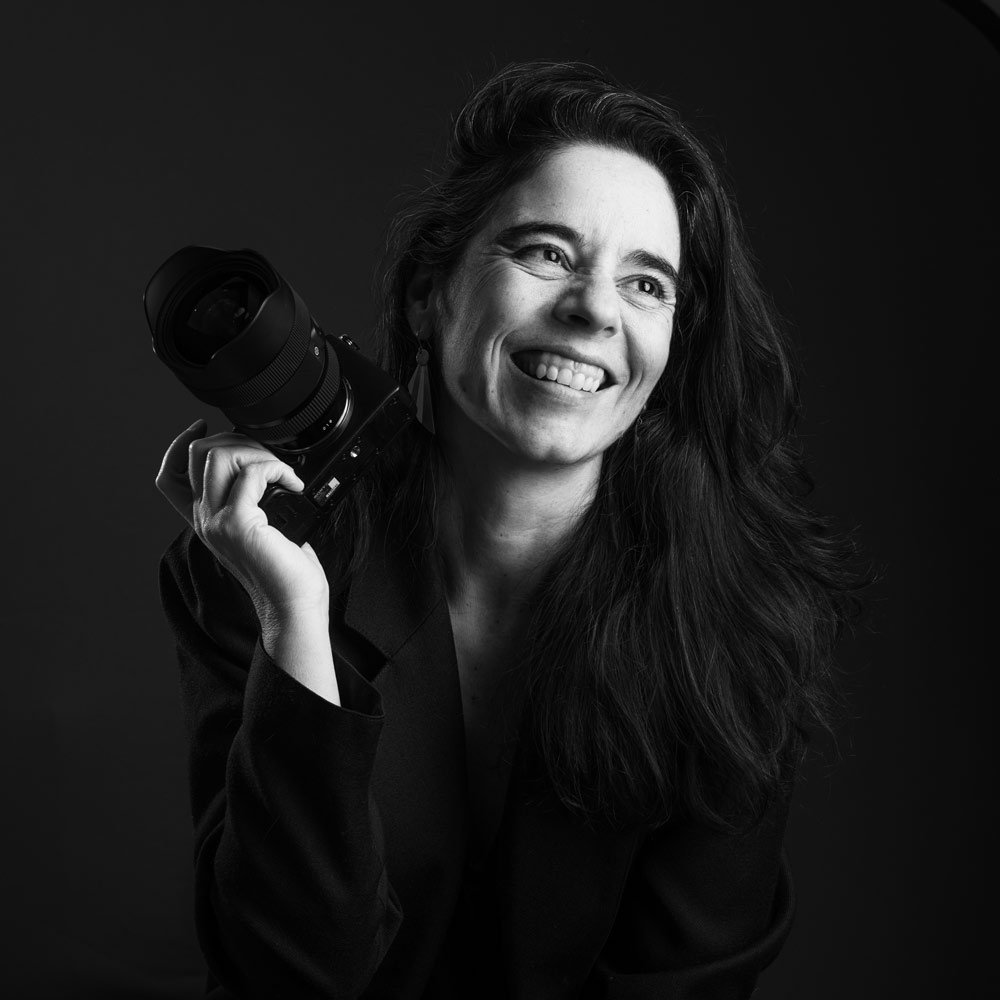Step 1: Define Yourself
The first step in personal branding is to clarify who you are. This involves understanding your values, skills, and character traits. When I began this process, my mentor, Dwayne Brown, advised me to answer three key questions:
How would I describe myself?
How would others describe me?
What are my career aspirations?
Addressing the first two questions compelled me to critically assess how I perceive myself and how others perceive me. This reflection helped me identify my strengths and weaknesses, allowing me to choose which traits to highlight and integrate into my professional identity.
On the other hand, the third question required me to envision my ideal career path. For instance, I wrote that I wanted to "help curate spaces with important artworks and cultural pieces," that I "aspire to build a dynamic career that involves travel and avoids a desk job," and that I aimed to "serve as a bridge between artists and consumers." Reflecting on these aspirations clarified the professional identity I wanted to build and how I wanted to navigate my career.
I was left with a clear and tailored self-definition by documenting and reflecting on my responses to these questions. Grounded in specific attributes and career goals, this first step allowed me to lay the foundation for my personal brand.
Step 2: Invest in a Professional Headshot
Once you've defined yourself, the next step is to visualize that definition. Investing in a professional headshot is a highly effective way to do this. For my headshot, I worked with Dwayne Brown, who, as one of my mentors, is the founder and photographer at Headshots Matter, a global community of headshot photographers. Dwayne is dedicated to crafting professional portraits uniquely reflective of each individual's character.
So, in preparation for my shoot, Dwayne instructed me to bring a few clothing options that suited me and the audience I would be aiming to target. I have always been drawn to black garments, so I chose a black short-sleeved turtleneck knit for my shoot. This clothing selection matched my personal fashion preferences, and its sleek and timeless style enhanced the mature and smart message I wanted to convey. In addition to my clothing choice, I loosely curled my hair and applied a light everyday makeup look. My goal with my overall appearance was to look like a polished version of my usual self.
Regarding the location of my headshot, Dwayne and I chose a modern building on the University of Ottawa campus. Its sleek, industrial backdrop, featuring elements of steel, cement, and glass, complemented the contemporary aesthetic of my portrait and enhanced the narrative we aimed to convey. Upon arriving at the location and briefly discussing with Dwayne and Jennifer (his creative partner and wife), we quickly began the shoot. We started with a few test photos and determined that my natural resting facial expression was ideal for the portrait. After about 20 minutes of shooting, interspersed with a few resets, we had approximately 100 photos. Following a quick review, we narrowed it down to about 20 favourites.
The shoot concluded, and we moved to a café to review the photos on a larger laptop screen. There, we re-evaluated the selected shots. Ironically, our top choice was the very first photo we took—frame one! The candid quality of that initial photo perfectly captured my genuine essence. Despite a few stray hairs, we unanimously decided that this shot would serve as my professional headshot and become the defining image of my personal brand.
Step 3: Build a Professional Online Presence (LinkedIn)
The significance of steps 1 and 2 lies in gathering both written and visual personal information. Once you have this data, you can move on to step 3: creating your professional online profile. LinkedIn is arguably the most effective platform to start with. However, remember that your professional brand should also be consistent across other platforms you may use, such as Instagram or X.
A LinkedIn profile comprises several key components. First, your profile picture is an opportunity to showcase your new headshot. Additionally, you can enhance your profile with a banner image. Given my interest in the arts, I chose to include a black-and-white image of one of my favourite art museums in New York. This iconic architectural space highlights my appreciation for esteemed art institutions and adds depth to my personal brand.
Below your profile photos, you'll find space for a headline. Use this to feature key terms and phrases from step one, but avoid cramming too much information here. Instead, reserve detailed descriptions for the "About" section. In this section, I opted for a three-paragraph format: the first paragraph offers an overview of who I am, the second highlights significant experiences and skills, and the third outlines my career goals and next steps. Aim for a concise summary of 100-200 words that effectively communicates your passions, skills, professional history, and future aspirations.
Lastly, consider reflecting on relevant work or volunteer experiences under the "Experience" and "Projects" sections. For instance, I included a project from 2022 where I curated an art series during my undergraduate studies, as it underscores the artistic focus of my personal brand. Additionally, the "Skills" section allows you to detail specific competencies related to your work experience, and you can also showcase any languages you speak and your proficiency levels.
You'll create a compelling and cohesive professional presence by thoughtfully crafting your LinkedIn profile with these elements. This will not only effectively reflect your personal brand but also position you favourably for opportunities aligned with your career goals.
Step 4: Network
With your professional online presence now reflecting your personal brand, it's time to leverage LinkedIn to connect with like-minded professionals. My mentor, Dwayne, advised me to consider the question: "Who should I meet?" This means reaching out to individuals who have achieved the level of success I aspire to. Specifically, I should connect with professionals who are either Concordia alumni or based in Montreal and who hold roles or have experience in the career paths I am interested in, such as local gallery owners, art brokers, and museum curators. Networking with these individuals can open doors to job opportunities, provide industry insights, and offer valuable resources and mentorship. It enhances visibility and reputation, fosters meaningful collaborations, and supports personal growth by boosting confidence and communication skills, ultimately impacting your career development and success.
Consider directly messaging professionals who resonate with you. For example, you might phrase your request as "Could we arrange a brief meeting at your convenience?" or "I'm eager to connect with industry professionals to further my education and would appreciate the opportunity to learn about your career and experiences." You would be surprised how many already established professionals are keen to speak with recent graduates, as they were once in your shoes, too.
Step 5: Develop Skills: Stay Learning and Stay Curious!
The final, ongoing step is to continuously develop your skill set. There's always a new certification to earn, a language to master, or experience to gain. Embrace diverse perspectives and new forms of knowledge. Stay curious and regularly question industry trends and practices. Remember, learning doesn't end with a diploma or graduation ceremony. Your personal brand is a dynamic, evolving process, and by consistently honing your talents, you'll ensure continuous improvement.
Sarah Vidalin / LinkedIn Profile










































